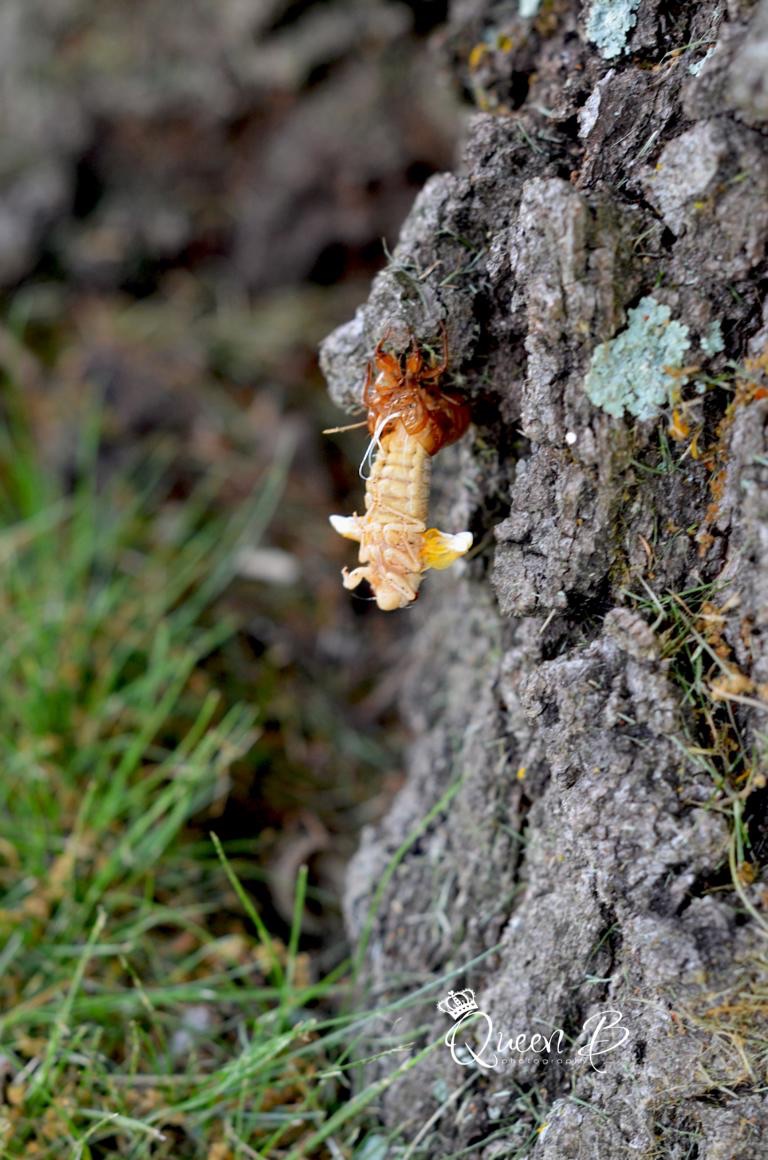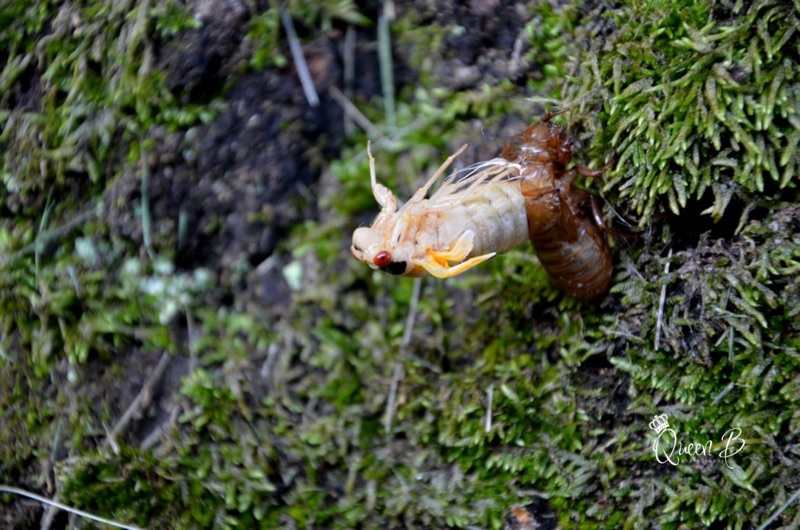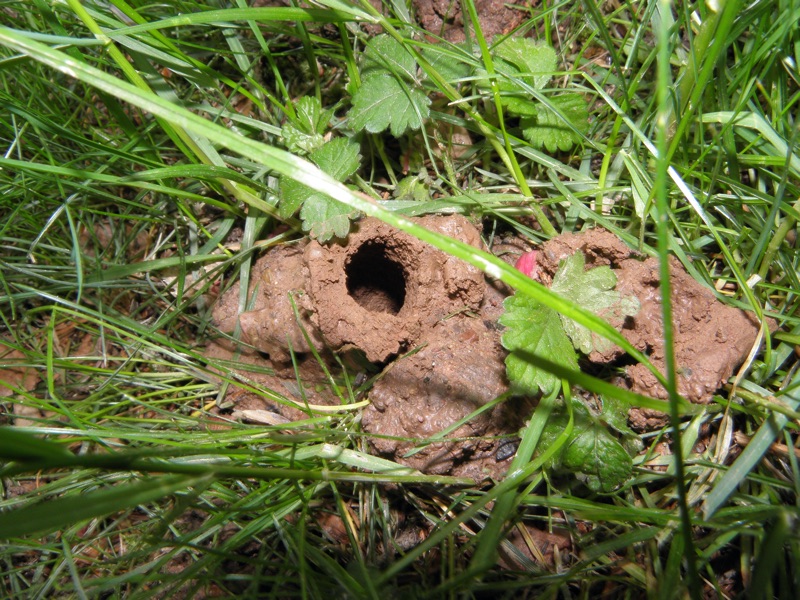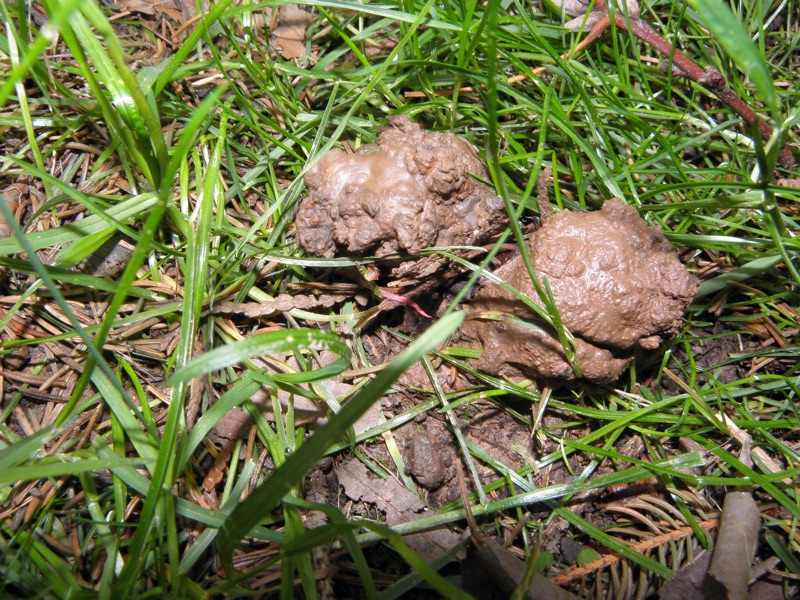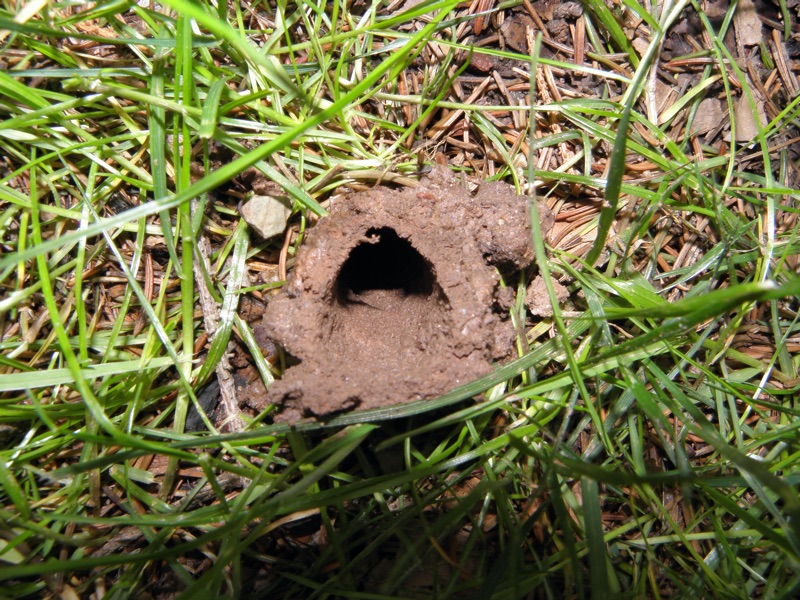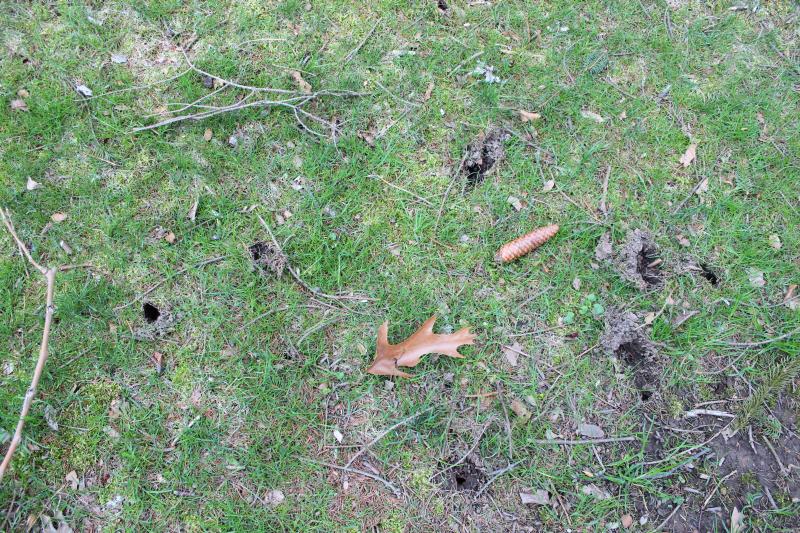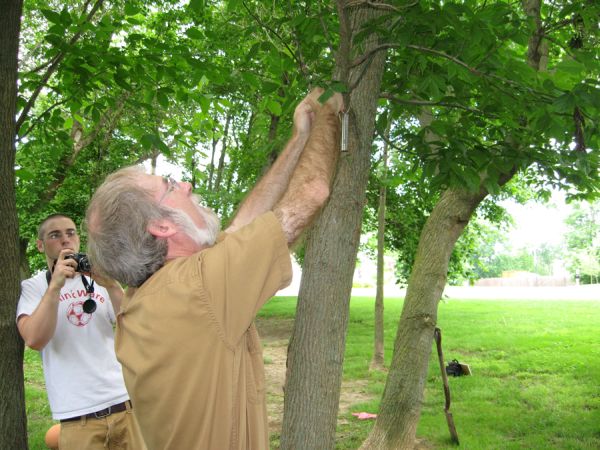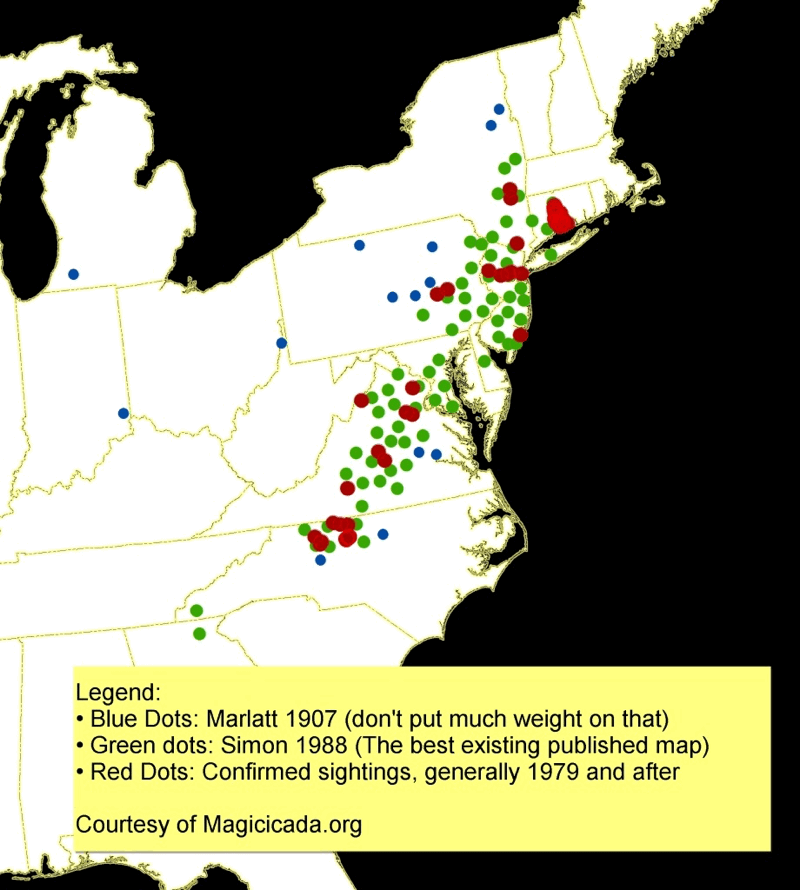
Final update:
Here’s a map of all the towns reported in the comments:
View Towns where the Brood II cicadas emerged in 2013 in a larger map
Cicadas @ UCONN will eventually publish a complete and accurate map of the emergence.
17 year cicadas are about to emerge are currently emerging in New Jersey. I asked cicada super-expert Chris Simon of The Simon Lab at the University of Connecticut for some specifics. The information below is based on Dr. Simon’s notes.
Historically Brood II periodical cicadas have appeared in Atlantic, Bergen, Burlington, Cape May, Cumberland, Essex, Hunterdon (in the east), Middlesex, Monmouth (“Slight in eastern part”), Morris, Passaic, Somerset, Sussex, Union, and Warren Counties. Also, you can keep an eye on where cicadas are emerging in New Jersey (and report your own sightings) on Cicadas @ UCONN (formerly Magicicada.org), which has a live map of the emergence.
I’m personally very interested in periodical cicada sightings in Monmouth county — let us know if you spot any there.
Here are some specifics (don’t be dismayed if your town isn’t on the list — they still might appear in your town):
Atlantic County:
– Galloway
Bergen County:
– Alpine (Greenbrook Nature Sanctuary)
– Englewood
– Ft. Lee
– Oakland
– Wyckoff (near Lucine Lorrimer Sanctuary)
Essex County:
– Cedar Grove
– Essex Fells
– Livingston
– Maplewood
– Millburn (South Mountain Reservation)
– Montclair
– North Caldwell
– Short Hills (confirmed in 2013 already)
– Upper Montclair
– West Orange
Middlesex County:
– Edison (confirmed for 2013 – lots of exit holes near the Edison Monument).
– Fords
– Iselin (visually confirmed for 2013)
– Jamesburg
– Metuchen (confirmed in 2013 already)
– Perth Amboy
Mostly north of the Raritan River
Morris County:
– Flanders
– Kinnelton
– Madison
– Rockaway
Passaic County:
– West Milford
Somerset County:
– Bedminster (Pluckemin section)
– Belle Mead
– Bound Brook
– Far Hills
– Rocky Hill
– Warren
Union County:
– Fanwood
– Plainfield
– Summit (Confirmed – see a video)
– Westfield (Confirmed for 2013)
Warren County:
– Port Murray
BTW, what better way to celebrate Brood II in New Jersey like a Brood II tank top:

